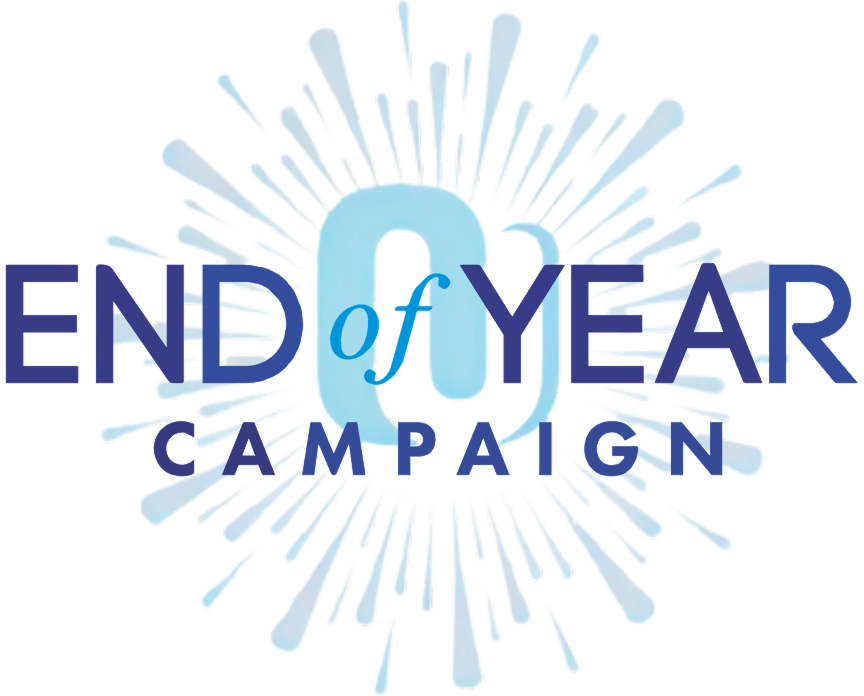Although Purim is a holiday that is anticipated all year long, a Friday arrival is often received in a slightly disappointing manner. This is because in most years, the merrymaking of Purim not only lasts all day, but it continues well into the night, as well. A Friday Purim simply doesn’t allow for such extensive merrymaking due to the many Shabbat preparations that must be tended to. While a Friday Purim does not affect one’s abilities to perform the mitzvot of the day, there is some discussion, however, as to when one should hold the seuda, the Purim Feast.
As a general rule, one is not permitted to eat a large meal on Fridays. This is in order to ensure that one has a hearty appetite for the Shabbat evening meal.[1] In fact, complying with this is considered to be a hiddur in the mitzva of the Shabbat meal.[2] There have even been individuals in the past who would fast every Friday in order to ensure that they would have a hearty appetite for the Shabbat meal.[3] While such a practice is simply not realistic for most people, one is required to avoid eating a large meal on Fridays, especially during the winter months when Shabbat begins early. Rather, one should eat a light meal or simply snack throughout the day, as needed.[4] Eating a meal of any size after the ninth hour of the day on a Friday is especially problematic.[5] In fact, one should not eat a larger than normal meal on Friday even if one does so early in the morning.[6] It seems that one family paid the ultimate price for having ignored this halacha.[7]
On the specific issue regarding the timing of the Purim Seuda, the Shulchan Aruch is mysteriously silent. The Rema, however, rules that when Purim falls on a Friday, the Purim meal is to be held in the morning, in order to ensure that one has an appetite for the Friday night Shabbat meal.[8] Most contemporary authorities seem to concur with the view of the Rema, as well.[9] As such, it seems that one should hold the Friday Purim Seuda early in the day, preferably before noon.[10] Once one has begun the seuda in the permissible “time zone,” one is permitted to extend the seuda for the entire day, should one so desire. Indeed, those who conduct themselves in this manner are completely entitled to do so, even though they will likely have no appetite for the Shabbat meal. This is due to the Talmudic principle of “one who is engaged in a mitzva is exempt from a [concurrently arriving] mitzva.”[11]
Nevertheless, even those who find themselves at a large meal on a Friday, such as when at a brit, should make an effort not to overeat in order to ensure an appetite for the Shabbat meal. This is true regardless of how early in the day the meal takes place.[12] One who, for whatever reason, is unable to begin one’s Purim seuda early in the day should endeavor to eat less at the seuda, especially with regard to the amount of bread one eats, in order to leave room for the Shabbat meal.[13] Some authorities encourage one to always hold the Purim Seuda in the morning, even when Purim falls out on other days of the week.[14]
There is, however, an alternate approach with regard to the timing of the Purim seuda that seems to be gaining in popularity. This method, known as “poress mappa,” essentially combines the Purim Seuda and the Shabbat evening meal into one. According to this approach, one begins the Purim seuda late Friday afternoon, after one has completed all of one’s Shabbat preparations. Shortly before sunset, one covers all the bread[15] that is on the table, and Kiddush is recited, thereby inaugurating Shabbat. After reciting Kiddush, one simply continues with one’s seuda which has now become the Shabbat evening meal.[16] One must be sure to eat at least an ounce of bread after the recitation of Kiddush just as is required at every Shabbat evening meal. The blessing upon wine is not recited in the course of kiddush if it was previously recited during the earlier part of the meal. So too, the blessing upon bread is not recited after Kiddush if it was previously recited during the earlier part of the meal. There is some discussion whether or not two whole loaves are required at this Shabbat meal.[17]
When reciting the Birkat Hamazon at the conclusion of this Purim/Shabbat meal, one includes both “retzei” as well as “Al Hanissim” in their designated places.[18] Some authorities, however, rule that one should only recite “retzei” in its designated place while “Al Hanissim” should be recited as a supplement to the “Harachaman” section of the Birkat Hamazon.[19]
Nevertheless, a number of authorities oppose the “poress mappa” approach based on the halachic prohibition of “not bundling mitzvot together.”[20] The poress mappa method gives the problematic appearance that one is discharging both the Shabbat seuda and the Purim seuda with a single meal. Indeed, in the case of a Purim Meshulash, a three-day Purim which can only occur in Jerusalem, the Purim Seuda is held on Sunday, and not on Shabbat. One of the reasons for this is in order to ensure that the Shabbat meal and the Purim meal are clearly distinct from one another.[21] There are additional logistical and halachic complications to the poress mappa method, such as when one should recite maariv[22] or even the Kabbalat Shabbat prayers. So too, bameh madlikin was specifically intended to be recited at candle lighting time which is difficult to do if one is in the middle of the Purim meal.
It seems that the poress mappa method is essentially a minority opinion on how one should conduct the Purim seuda on a Friday.[23]In fact, there are many authorities who don’t even consider the poress mappa method an acceptable option at all.[24] Furthermore, according to the Arizal one should never recite Kiddush before having recited Maariv.[25] There are also those who explain that the poress mappa method was only intended to be used in the event that one’s Purim Seuda unexpectedly extended into Shabbat, but not that one should intentionally do so.
[1] Rambam, Hilchot Shabbat 30:4; OC 249:2.
[2] Aruch Hashulchan, OC 249:6.
[3] Yerushalmi Ta’anit 2:12; OC 249:3.
[4] Aruch Hashulchan, OC 249:6.
[5] OC 249:2.
[6] Aruch Hashulchan, OC 249:4.
[7] Gittin 38b.
[8] Rema, OC 695:2.
[9] Mishna Berura 695:9,10; Mishna Berura 249:13; Aruch Hashulchan, OC 249:7; Shemirat Shabbat K’hilchata 42:27; Yechave Da’at 3:55, Halichot Shlomo 19:26. See Chazon Ovadia p. 179 for a list of authorities who are of the opinion that the Purim meal should be held Friday morning.
[10] Aruch Hashulchan, OC 249:7.
[11] Aruch Hashulchan, OC 249:7. See also Berachot 11a,16a,19a; Pesachim 55a; Sukka 10b,25a.
[12] OC 249:2; Magen Avraham 249:4; Aruch Hashulchan, OC 249:7.
[13] See Piskei Teshuvot 695:6.
[14] Darkei Moshe, OC 695:4; Mishna Berura 695:9; Ma’aseh Rav 248. See Piskei Teshuvot 695:5 for sources.
[15] According to some authorities, all “Mezonot” foods should be covered as well. Shemirat Shabbat K’hilchata 47:n125. There is also a case to be made for the need to cover all foods that are on the table.
[16] Minhagei Eretz Yisrael (Gellis) 35:18.
[17] See Purim Meshulash (Deblitzki) who requires one to eat from two whole loaves at this “post-kiddush” meal and Ha’elef Lecha Shlomo 1:113 who rules that there is no reason to do so.
[18] Chazon Ovadia p.183. See Piskei Teshuvot 695:6 footnote 36.
[19] Mishna Berura 695:15,16.
[20] Pesachim 102b; Sota 8a.
[21] Yerushalmi Megilla 1:4.
[22] Taz, OC 271:4; Magen Avraham 271:5; Mishna Berura 271:11.
[23] Be’er Heitev, OC 695:6; Piskei Teshuvot 695:6 footnote 31.
[24] Nitei Gavriel, among others. See also Devar Chevron 2:646.
[25] Kaf Hachaim, OC 271:22.

